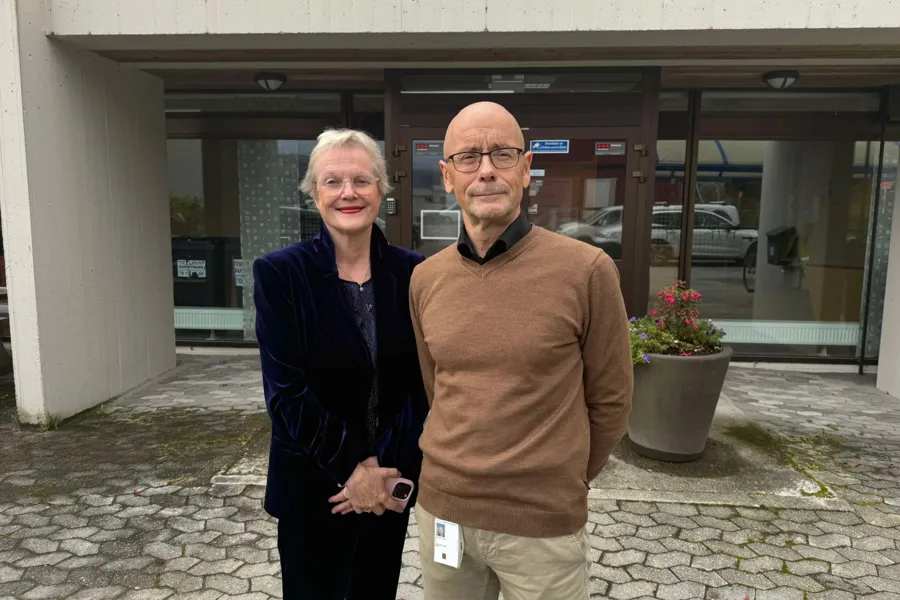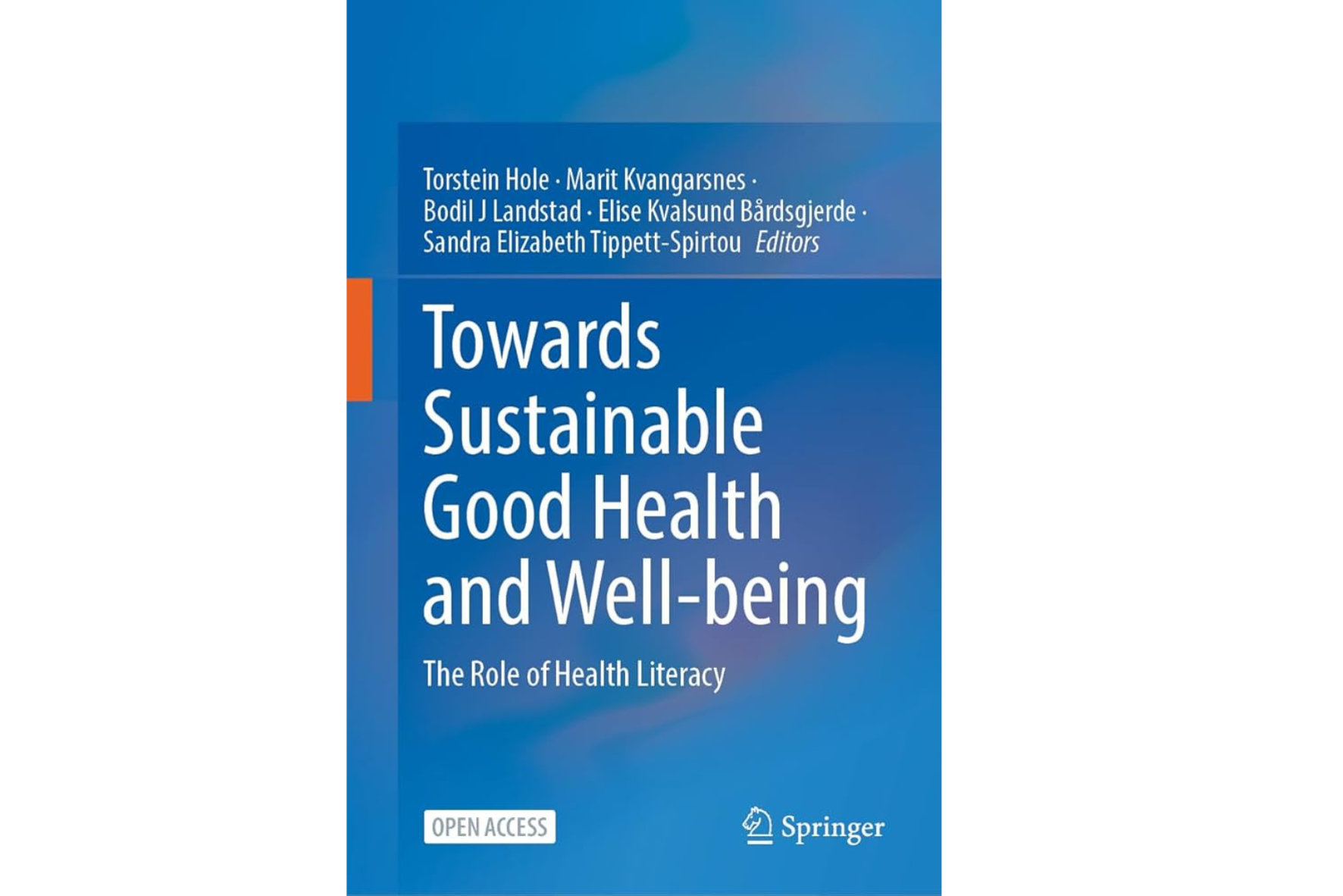Research news
New Book About Health Literacy and Sustainability
Helse Møre og Romsdal and NTNU have collaborated on a book highlighting the importance of health literacy, shared decision-making, and sustainability. This is essential for patients to participate in joint decisions about their own treatment.

“The intention with the book is to contribute to strengthening health literacy in the population by making educational institutions, healthcare institutions, and healthcare professionals better at both increasing and considering it,” say Torstein Hole and Marit Kvangarsnes.
The Norwegian definition of health literacy is as follows: “Health competence is a person's ability to understand, assess and apply health information to be able to take knowledge-based decisions related to one's own health. This applies to both decisions related to lifestyle choices, disease prevention measures, self-management of disease and use of the health and care service” (Helsedirektoratet, 2020).
The book “Towards Sustainable Good Health and Well-being: The Role of Health Literacy” is now available in Open Access. It addresses patient participation and health literacy for good health and well-being, as well as sustainability in healthcare.
Torstein Hole, a cardiologist at Ålesund hospital and professor at NTNU, and Marit Kvangarsnes, a research advisor and professor at NTNU, are editors and authors along with Professor Bodil J. Landstad at Mid Sweden University in Östersund, Elise Kvalsund Bårdsgjerde, Associate Professor at NTNU, and Sandra Elisabeth Tippett-Spirtou, university lecturer at NTNU.
They explain that they have tried to highlight how health literacy is important both for achieving sustainable healthcare services in the future and for reducing social or socioeconomic disparities in healthcare services or their use.
“The book consists of a collection of research articles, so it differs from a typical textbook on health literacy,” explains Hole. “The book is divided into three parts that shed light on health literacy and sustainability from a historical perspective theoretically, pedagogically, and empirically. The last part of the book has a collection of articles that highlight health literacy related to different groups.”

Individual and Institutional Health Literacy
The authors point out that there are particularly two aspects of health literacy that are important to highlight.
“One is individual health literacy, which is a person’s ability to utilize information and use it to navigate the system, change their lifestyle, or receive treatment. The other is institutional health literacy, which is about the healthcare institution’s ability to consider the patient’s health literacy when providing health and educational services, and the ability to increase the patient’s health literacy so that they are better able to use the right services,” they explain.
A Long Way to Go to Reach Important Goals
The UN has warned that there is a lack of progress in achieving the sustainability goals, which affects the poorest and most vulnerable people in the world. The book notes that these global challenges make the need for increased levels of health literacy more pressing than ever.
"Health literacy is especially low in poor countries, but research shows it is also low in Norway. People with low health literacy are less likely to make good choices regarding their own and others’ health. Healthcare professionals must adjust information and education to each patient or user.
“People with low health literacy seek healthcare services less frequently and utilize the information they receive from the healthcare institution less effectively. The question here is whether we need to change our ways of delivering information and education to reach those with low health literacy,” adds Hole.
Valuable in Educational Contexts
“Although it is not a typical textbook, many of the chapters are well-suited for educational contexts. The first part is particularly didactically structured with research, pedagogical models, and guidance models in mind. The book also places great emphasis on the patient perspective. It highlights different patient groups and healthcare professionals’ experiences with health literacy and lack of facilitation,” explains Kvangarsnes.
She wants to highlight a chapter that presents a new model for patient participation, which she believes has great potential for further research. “The special thing about the model is that it emphasizes the importance of framework conditions, which has received little focus previously. It is contextual and nuanced. Patient participation is not always relevant, for example, in emergency situations.”
Transfer of Knowledge
The book examines health literacy among several patient groups. In one chapter, for example, we can read about a Swedish professor, Stig Larsson, who has been visually impaired most of his life and is now completely blind.
Hole points out that the article is based on Larsson’s experiences of participation in educaion and work life and the importance of facilitation. He was both a co-author and informant and was very happy to convey his knowledge for a scientific article.
Larsson’s challenges highlight how learning and participation in education and working life for the visually impaired can be strengthened in the future.
Basis for Further Research
The authors have spent many working hours on the comprehensive work, which can provide a basis for further research, both qualitative and quantitative research models, and further collaboration between HMR and NTNU. “Health literacy, patient participation, and sustainability are important areas for collaboration between educational institutions and healthcare institutions,” express Hole and Kvangarsnes.
They also mention that they have plans for a book launch seminar, most likely in November. More information about this will come later.